- Lot 8 & 10,Jalan Zurah 3,
- Lot 1& 3,
- Pusat Perindustrian 2,
- 44200 Rasa, Hulu Selangor Darul Ehsan
- Malaysia


Latex Examination Gloves
Made from natural rubber latex (NRL), it offers its users the best barrier protection in areas of potential risk associated with blood-borne pathogens and other substances or biohazards. The physical properties of the material provide the excellent flexibility and uncompromised protection with a high degree of sensitivity. It provides excellent comfort and feels. Latex outperforms other glove materials in terms of elasticity and tensile strength. Latex examination gloves are generally affordable and economical in terms of pricing.
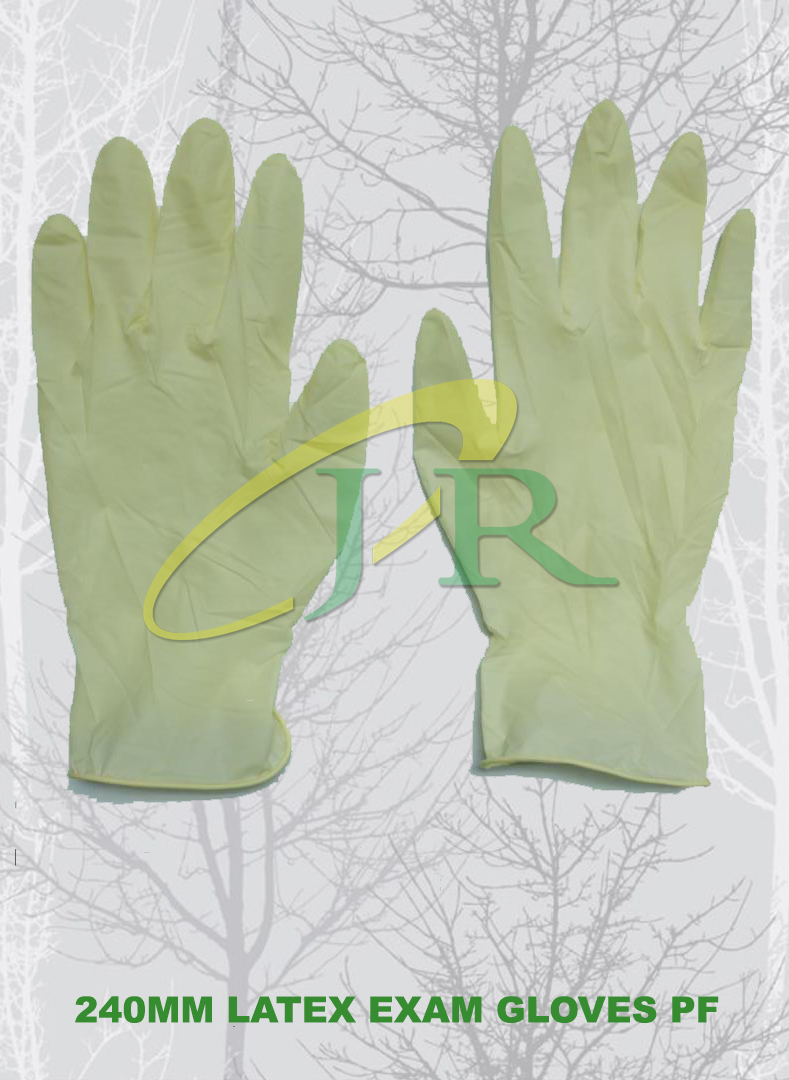
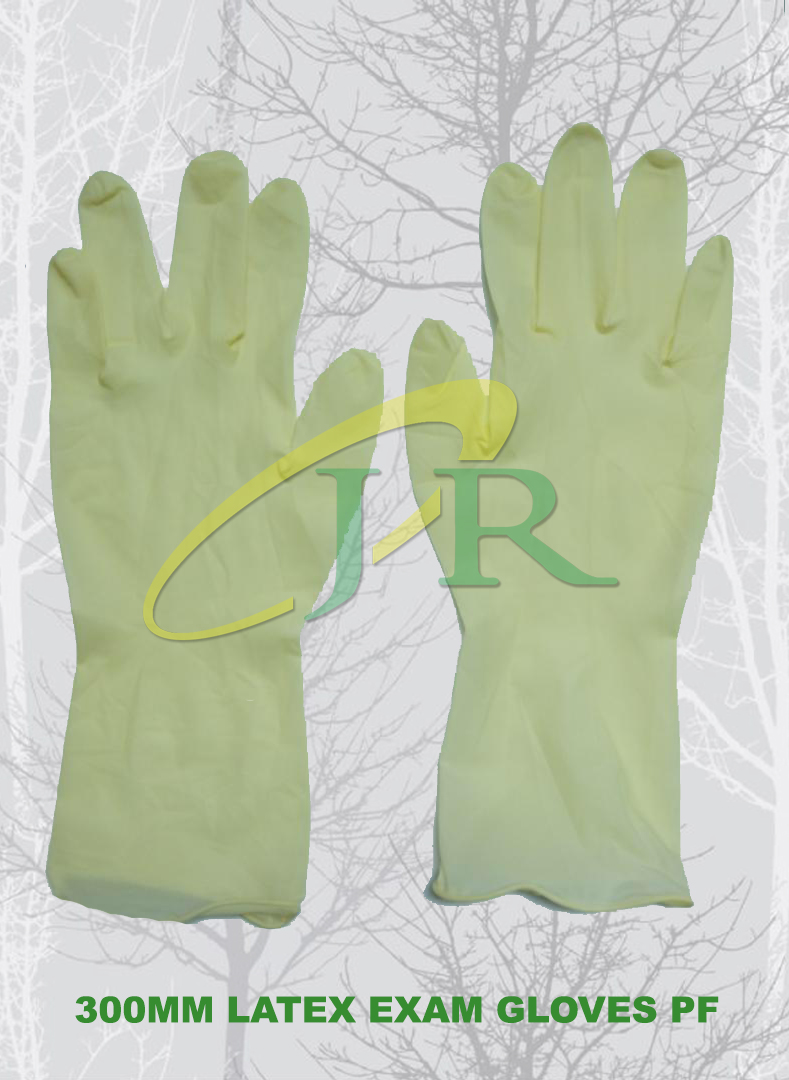
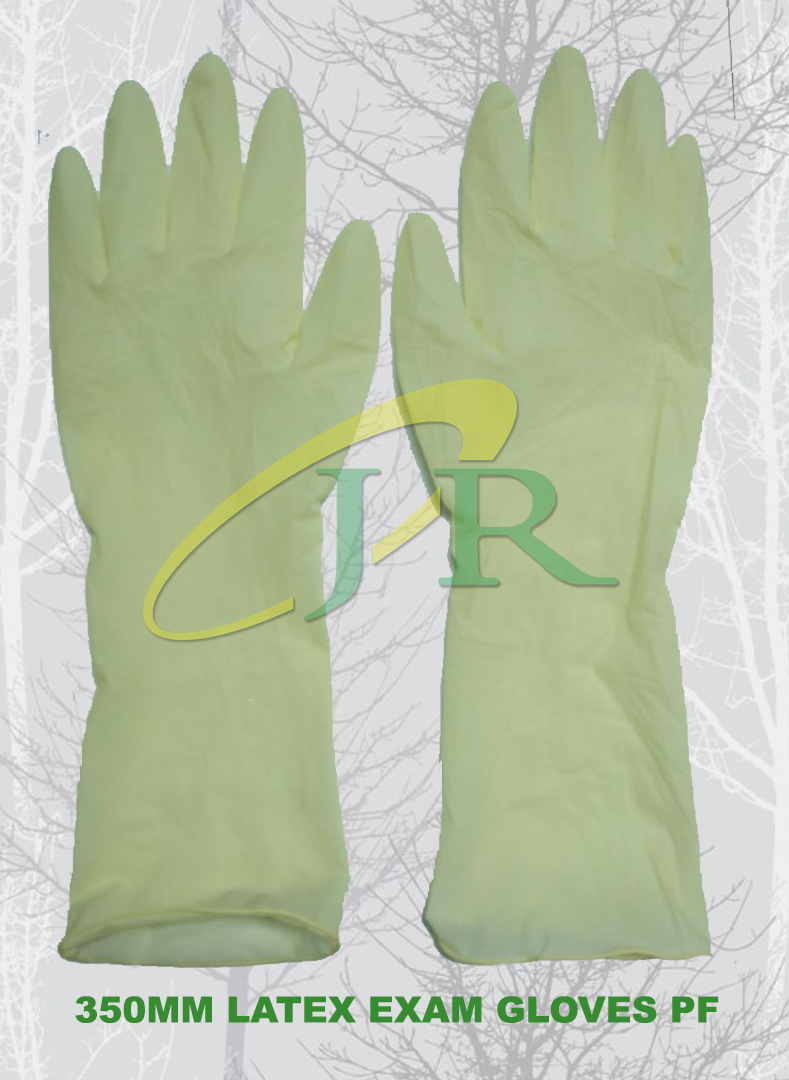
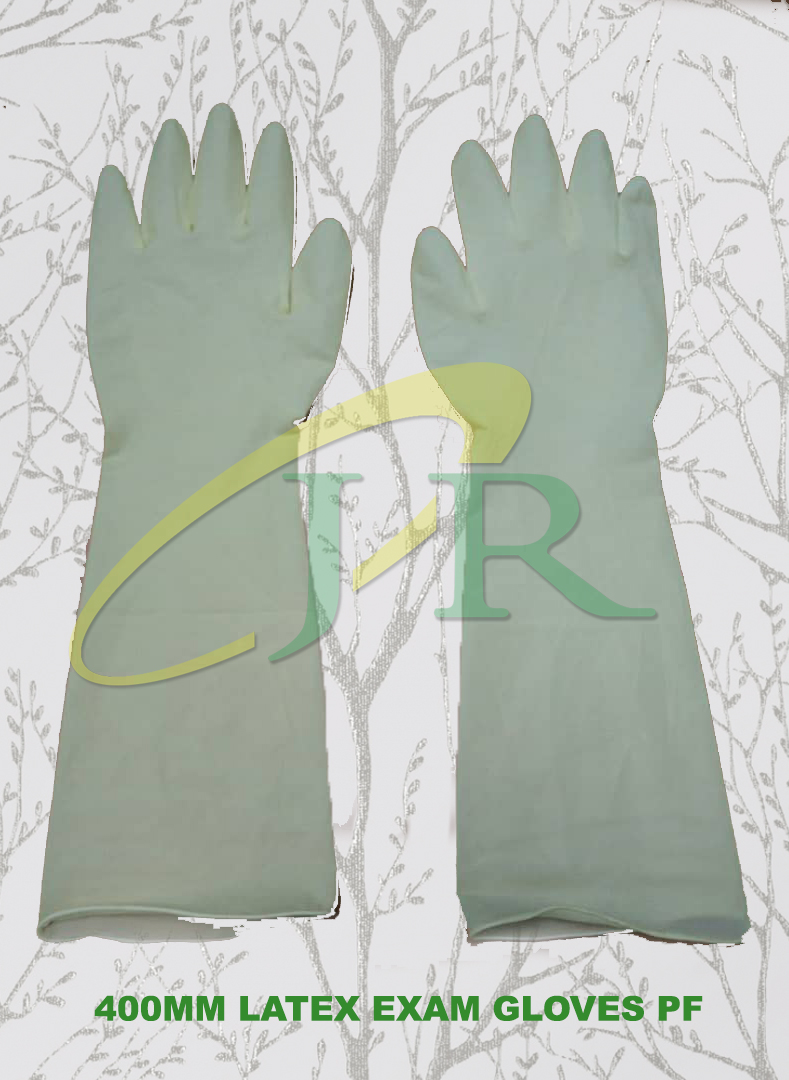
Latex Gloves
- ♠Powdered / Powder-Free
- ♠Smooth/Finger Textured /Palm Textured
- ♠Non Flavour/ Flavoured
- ♠Chlorinated/Polymer
- ♠Natural /Multi-coloured
»Product details
Surgical Gloves
- ♠Powdered / Powder-Free
- ♠Polymer
- ♠Textured
»Product details
Cleanroom Gloves
- ♠Class 1,000
- ♠Chlorinated
- ♠Powder-Free
- ♠Smooth / Textured
»Product details
Household Gloves
- ♠Flocklined
- ♠Honey Comb
- ♠Multi-coloured
»Product details
High Risk Gloves
- ♠Powder-Free
- ♠Textured
- ♠Chlorinated
»Product details
Surgical Gloves (Long Cuff)
- ♠Powder-Free
- ♠Powdered
»Product details
Examination Gloves (Long Cuff)
- ♠Powder-Free
- ♠Powdered
»Product details
Nitrile Examination Gloves
Nitrile gloves are made from Acrylonitrile-butadiene, a synthetic polymer. It is made from synthetic rubber which is non-latex and protein free, hence suitable for users who are sensitive to natural rubber proteins. Soft formulation or low modulus nitrile gloves provide the excellent feel, fit, comfort and flexibility to users and reduces hand fatigue. It has good resistance to oil, grease and a wide range of toxic chemicals and solvents. Nitrile gloves possess high abrasion and puncture resistance properties. Its elasticity is good but less superior as compared to natural rubber. It is generally more costly than natural rubber gloves.
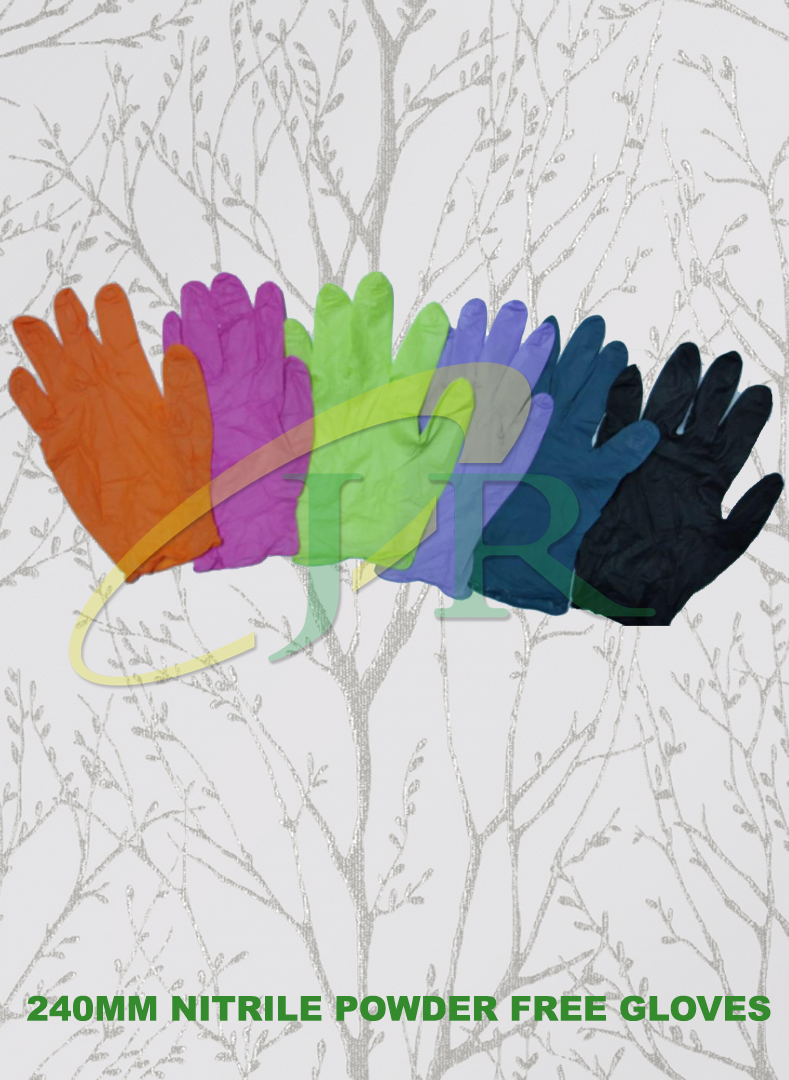
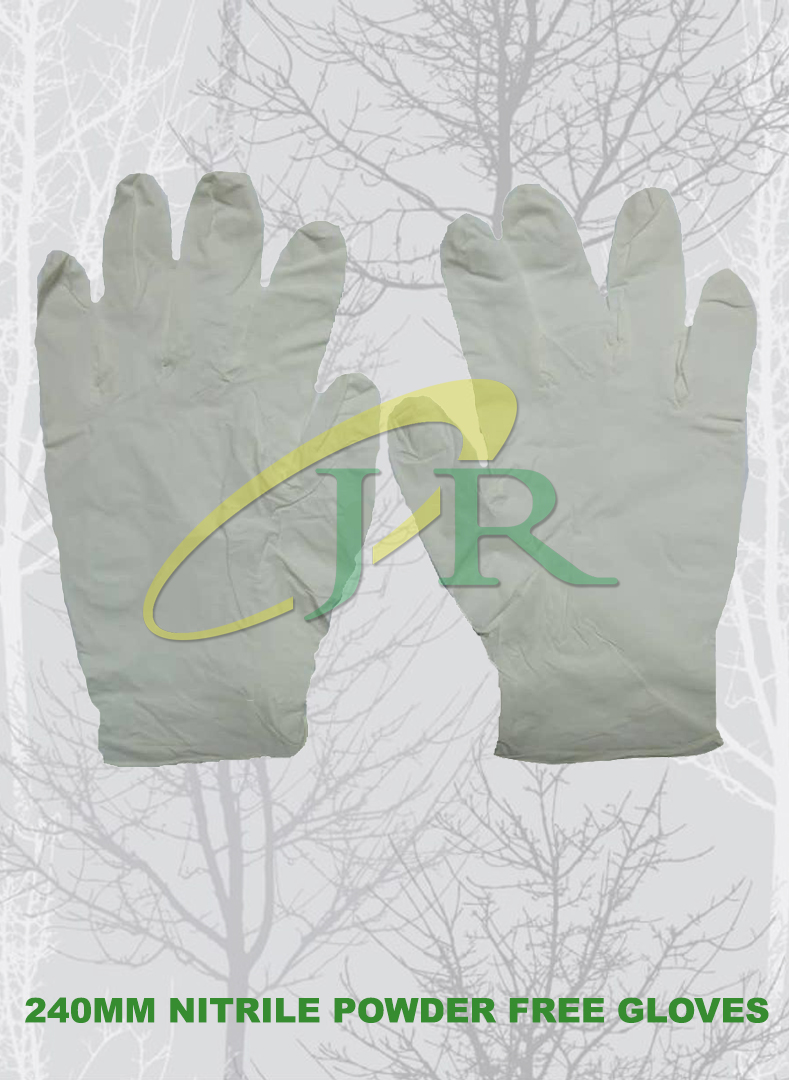
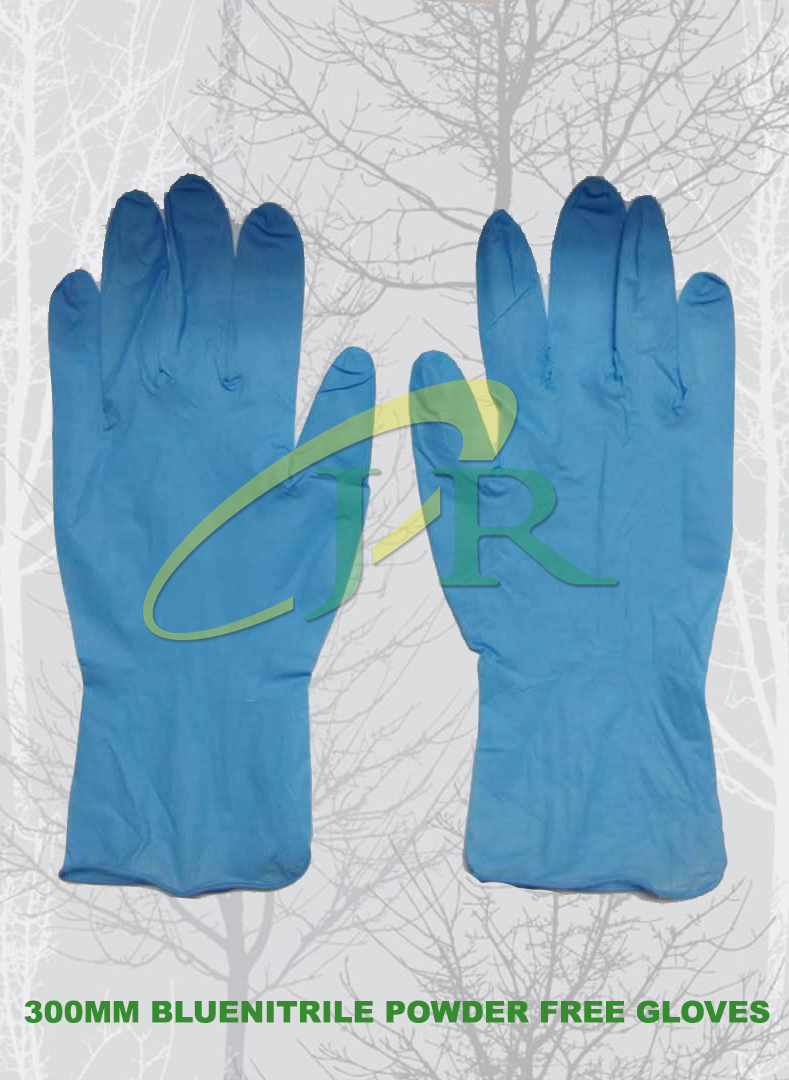
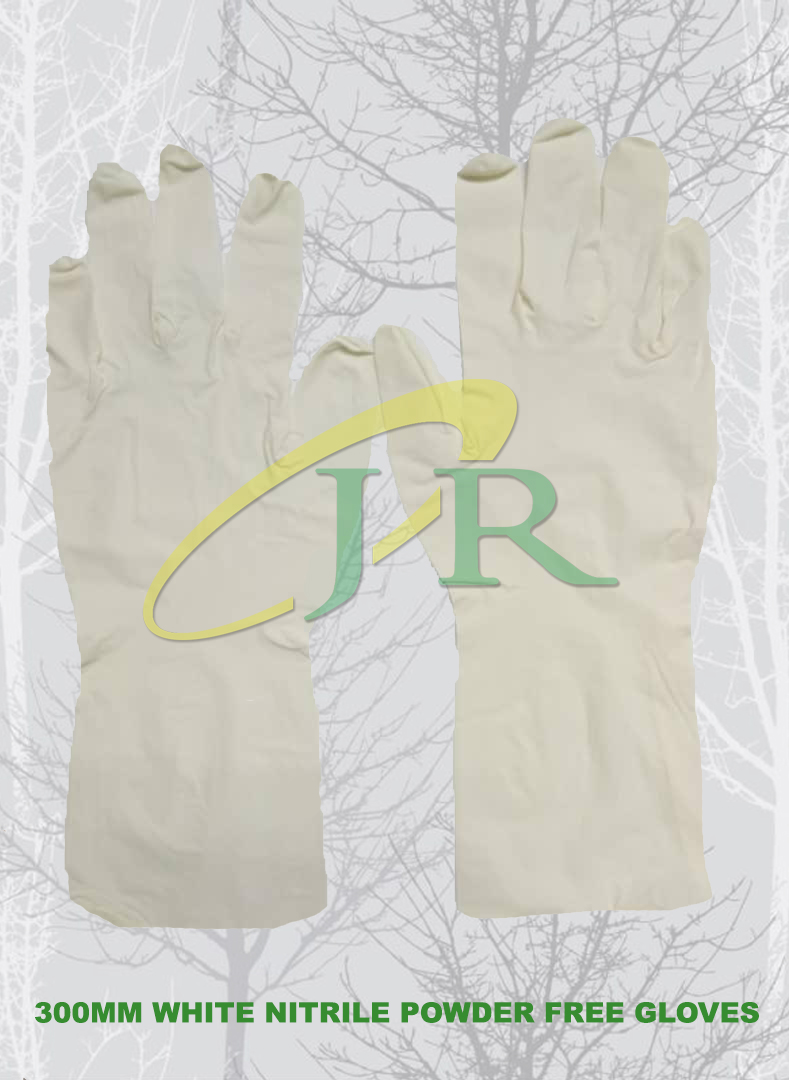
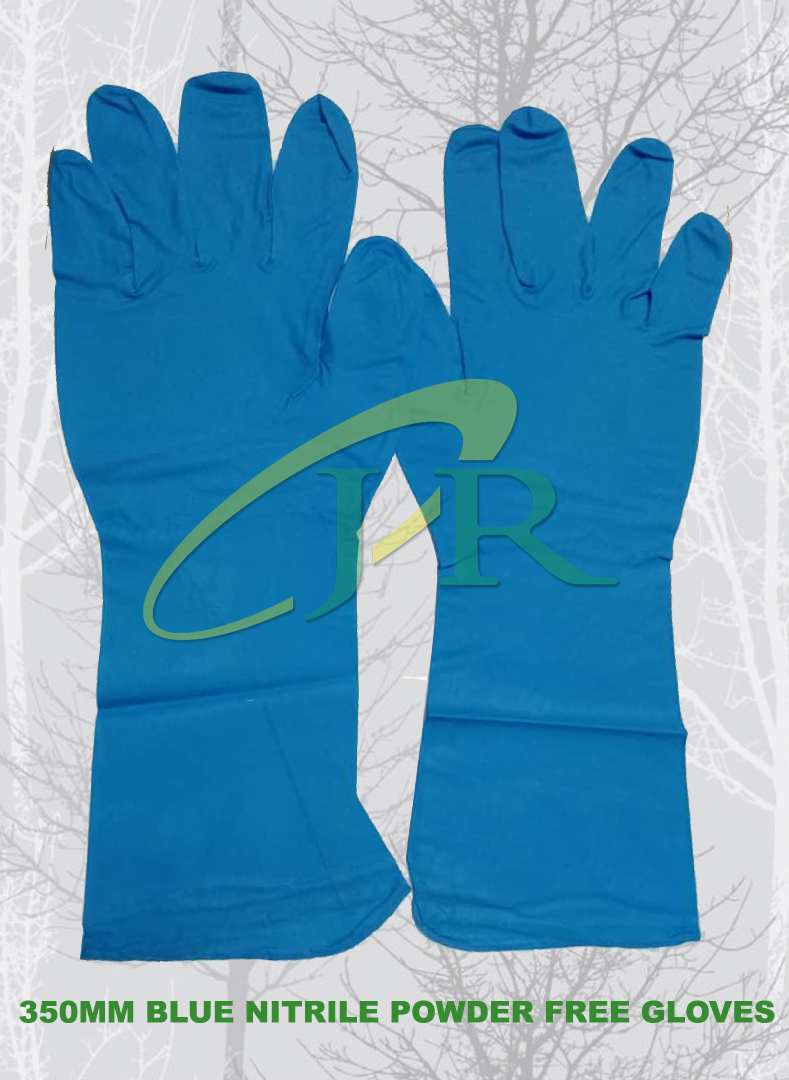
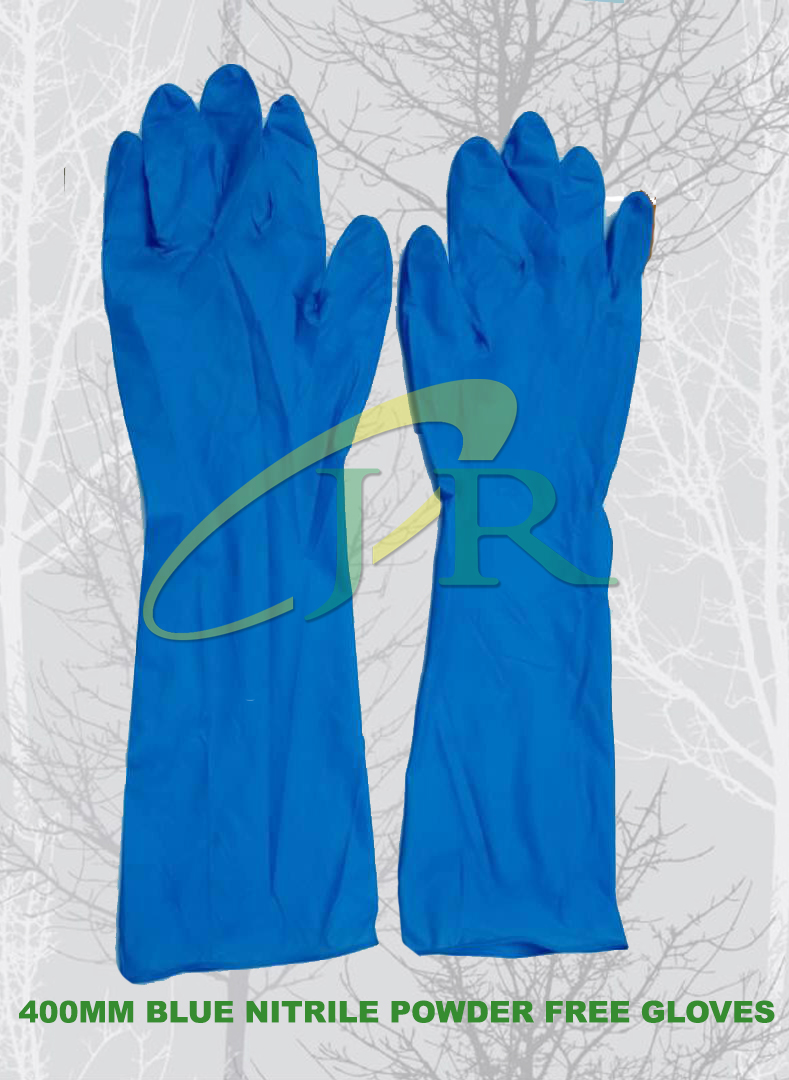
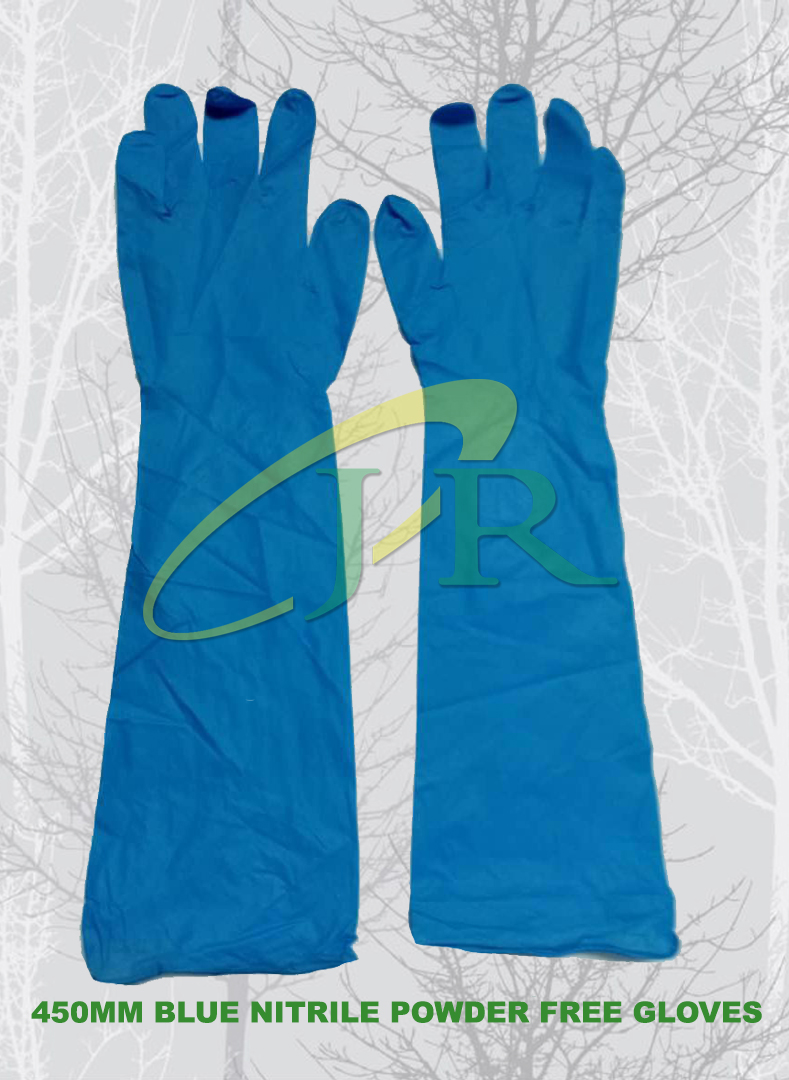
Nitrile Gloves
- ♠Powdered / Powder-Free
- ♠Smooth/Finger Textured /Palm Textured
- ♠Non Flavour/ Flavoured
- ♠Chlorinated/Polymer
- ♠Natural /Multi-coloured
»Product details
Cleanroom Gloves
- ♠Powder-Free
- ♠Textured

